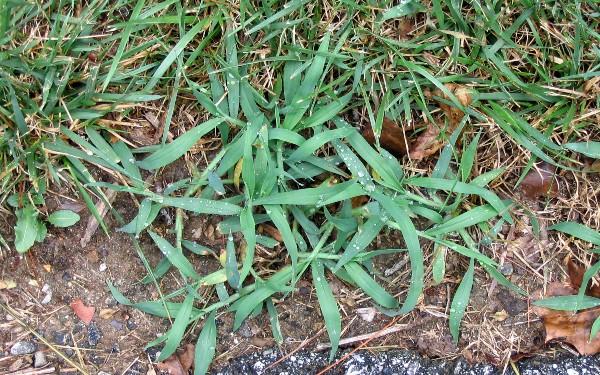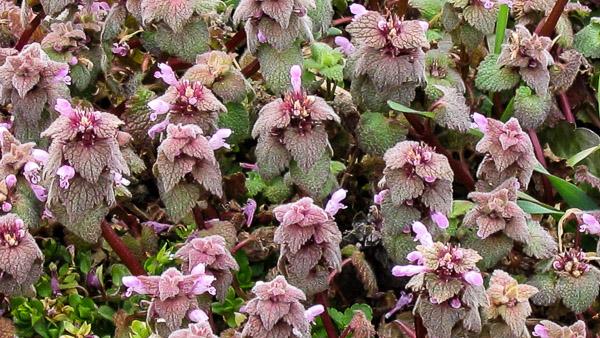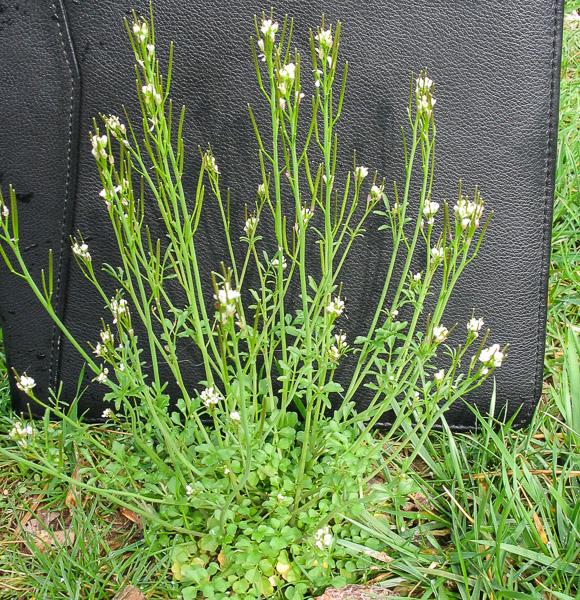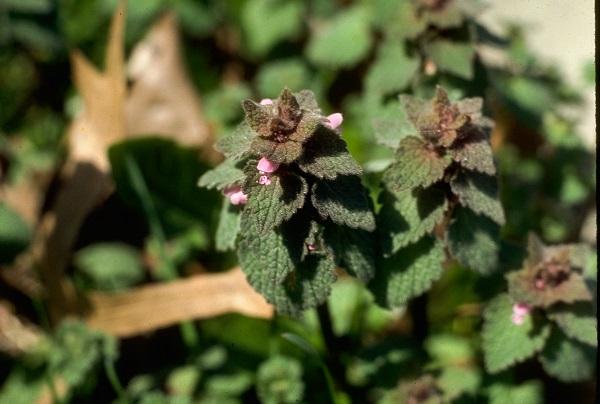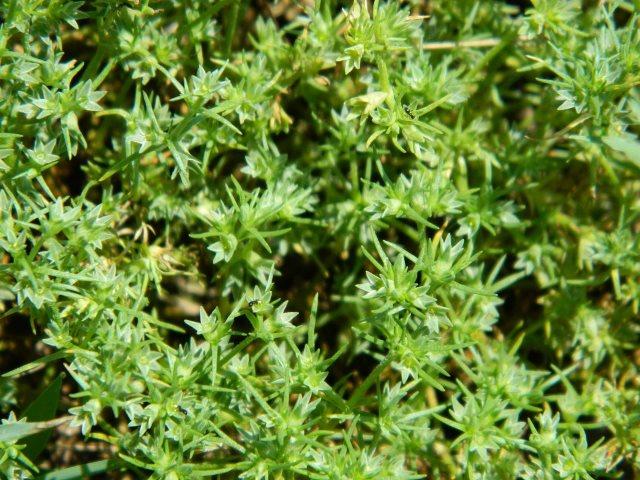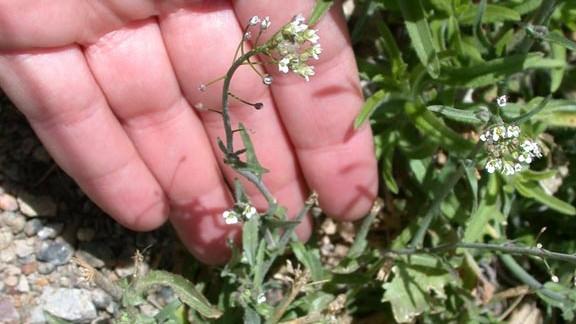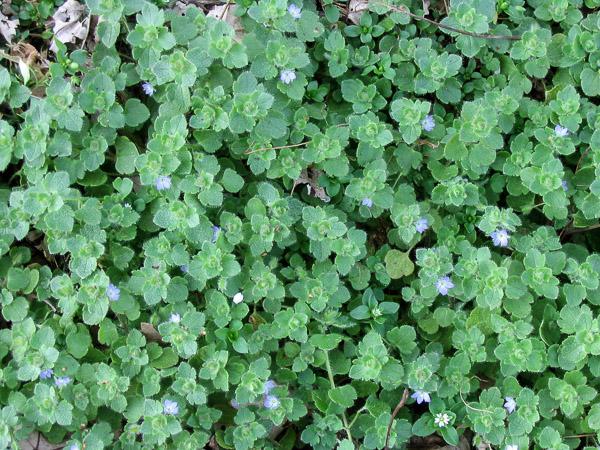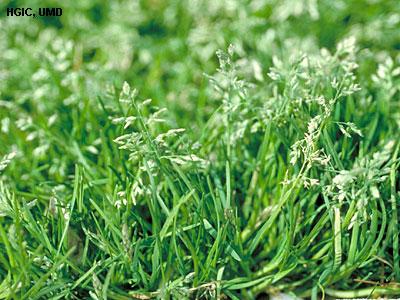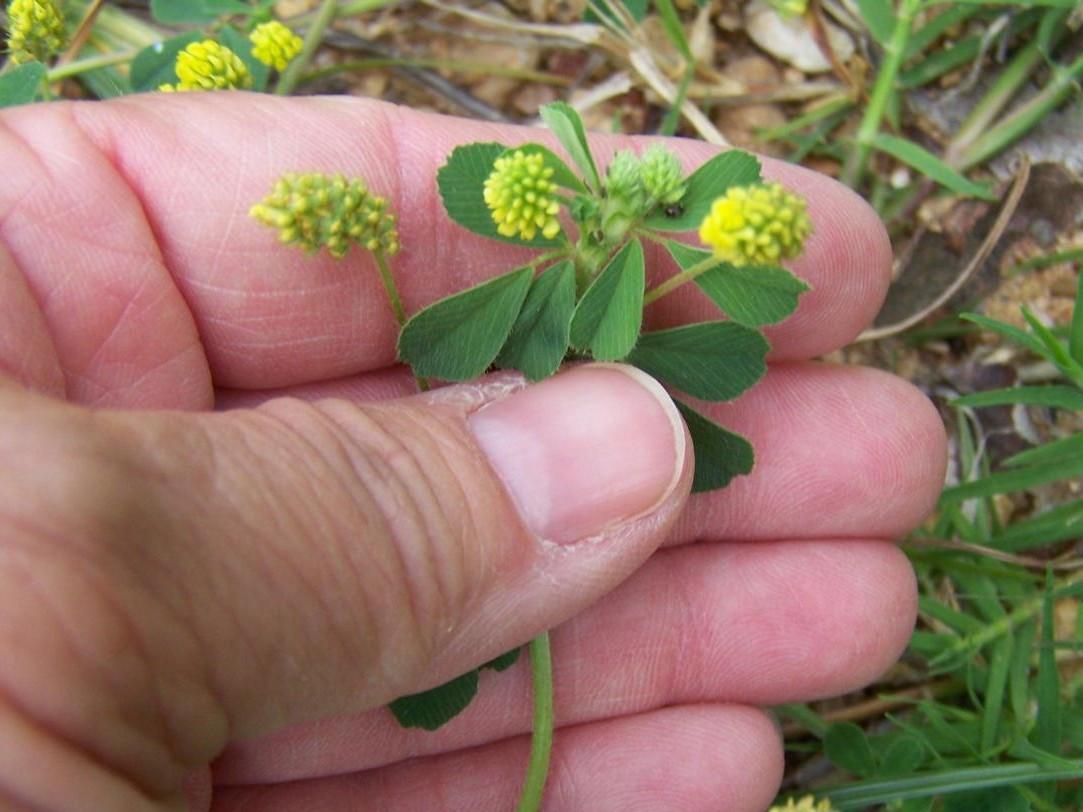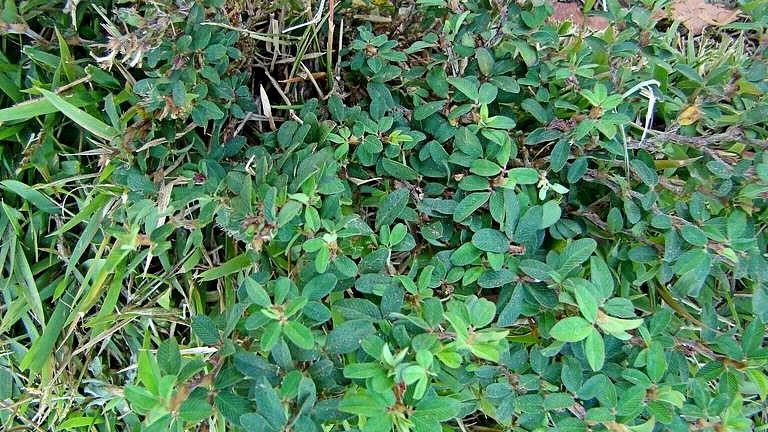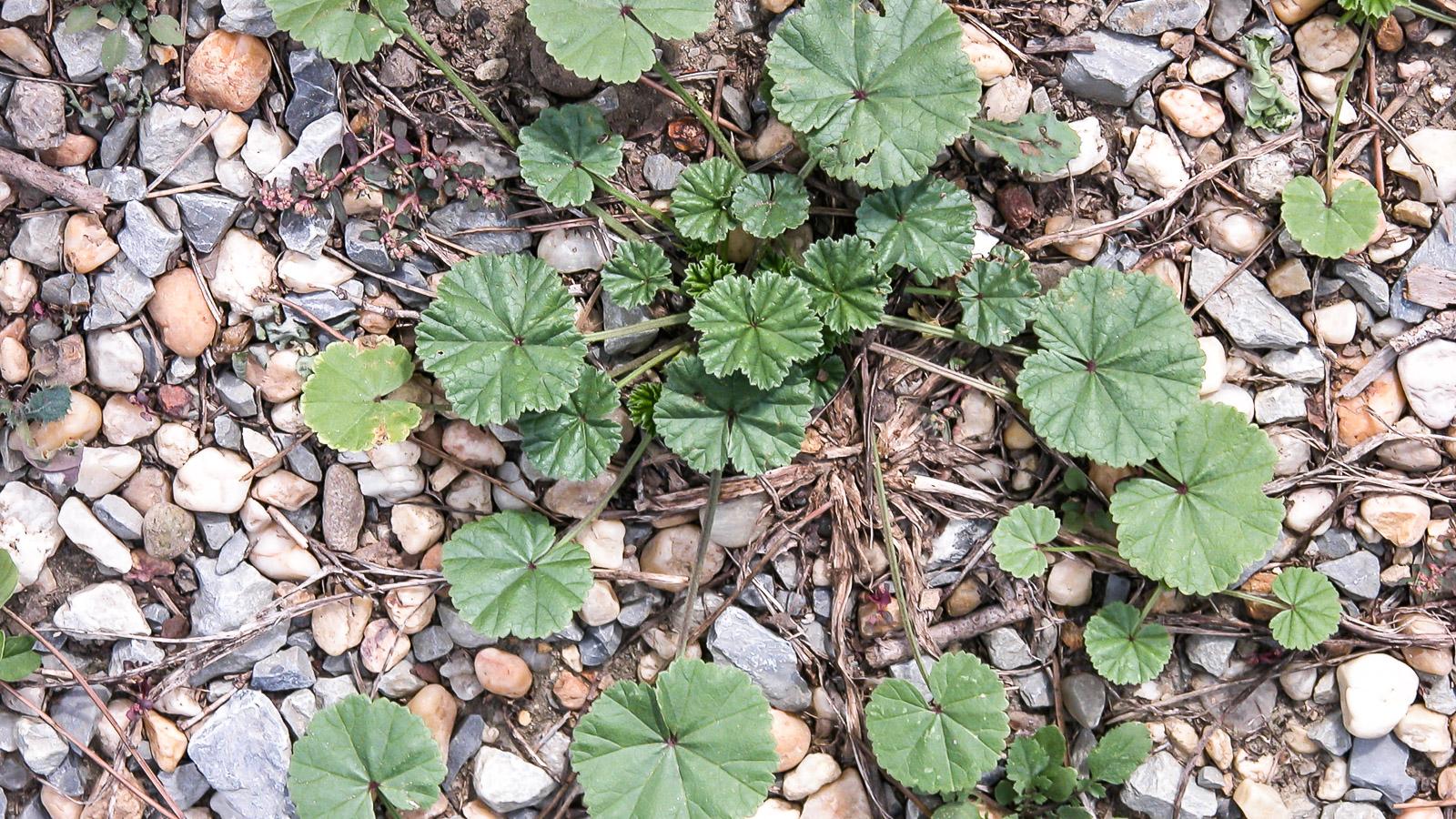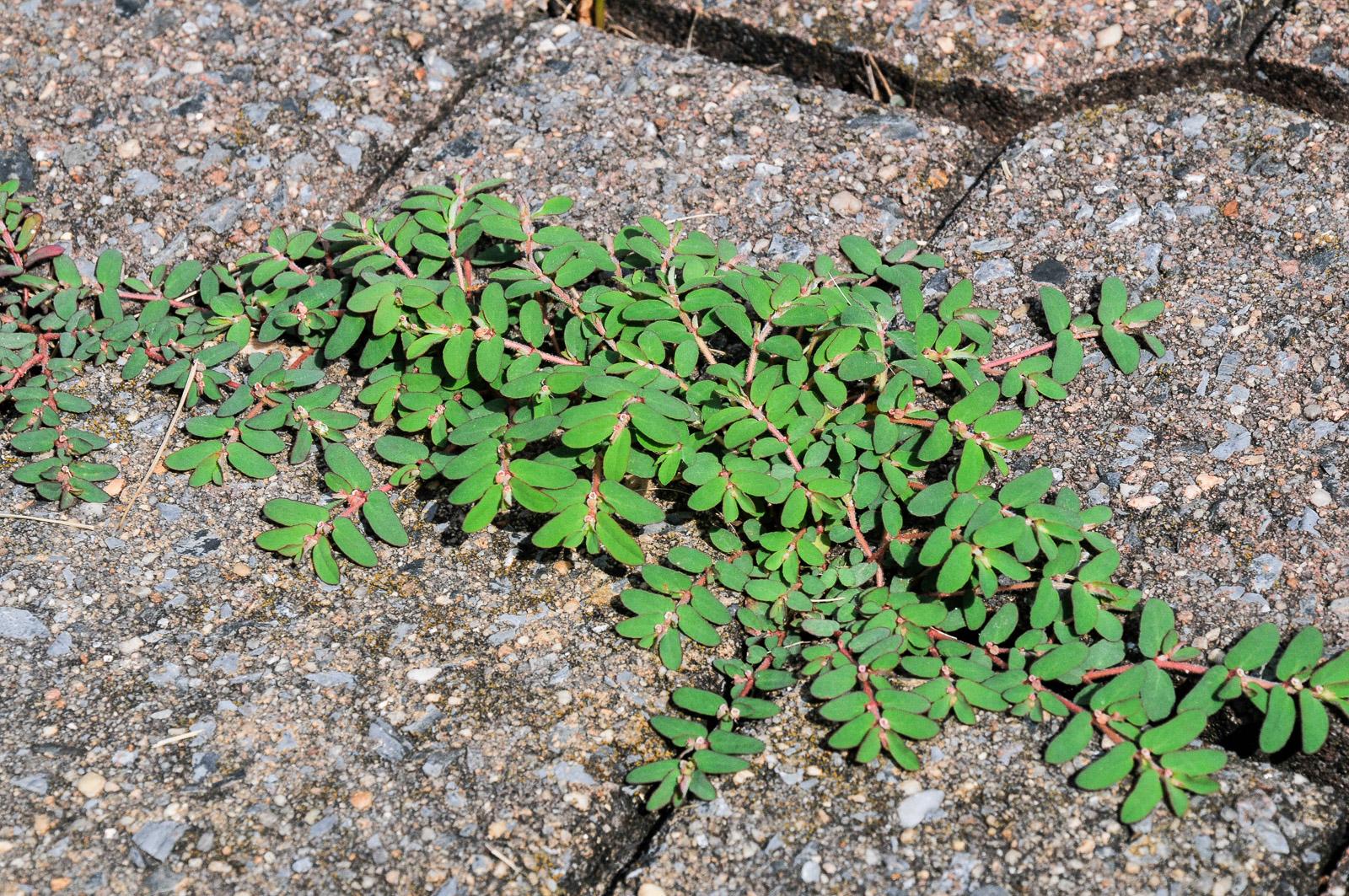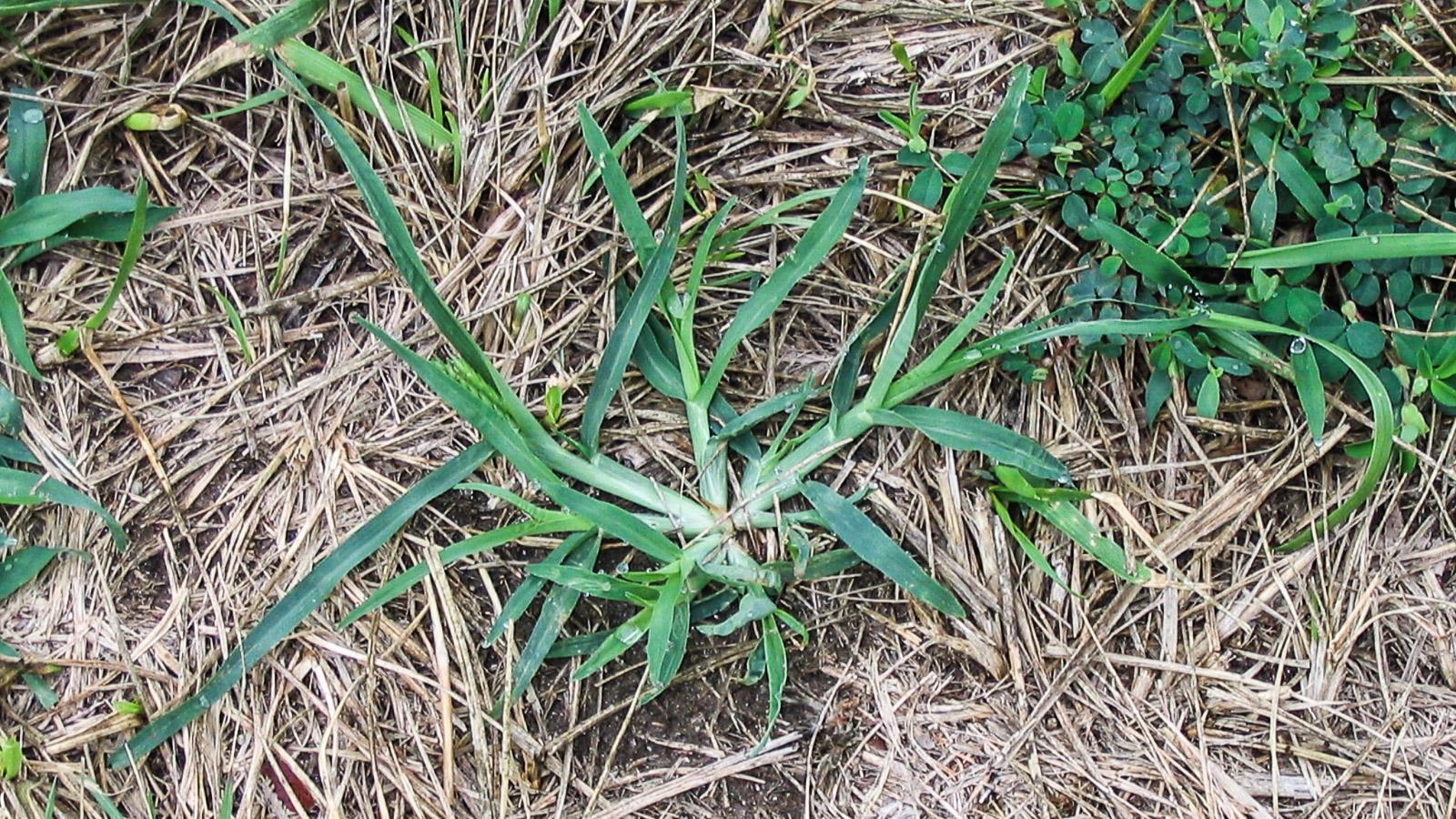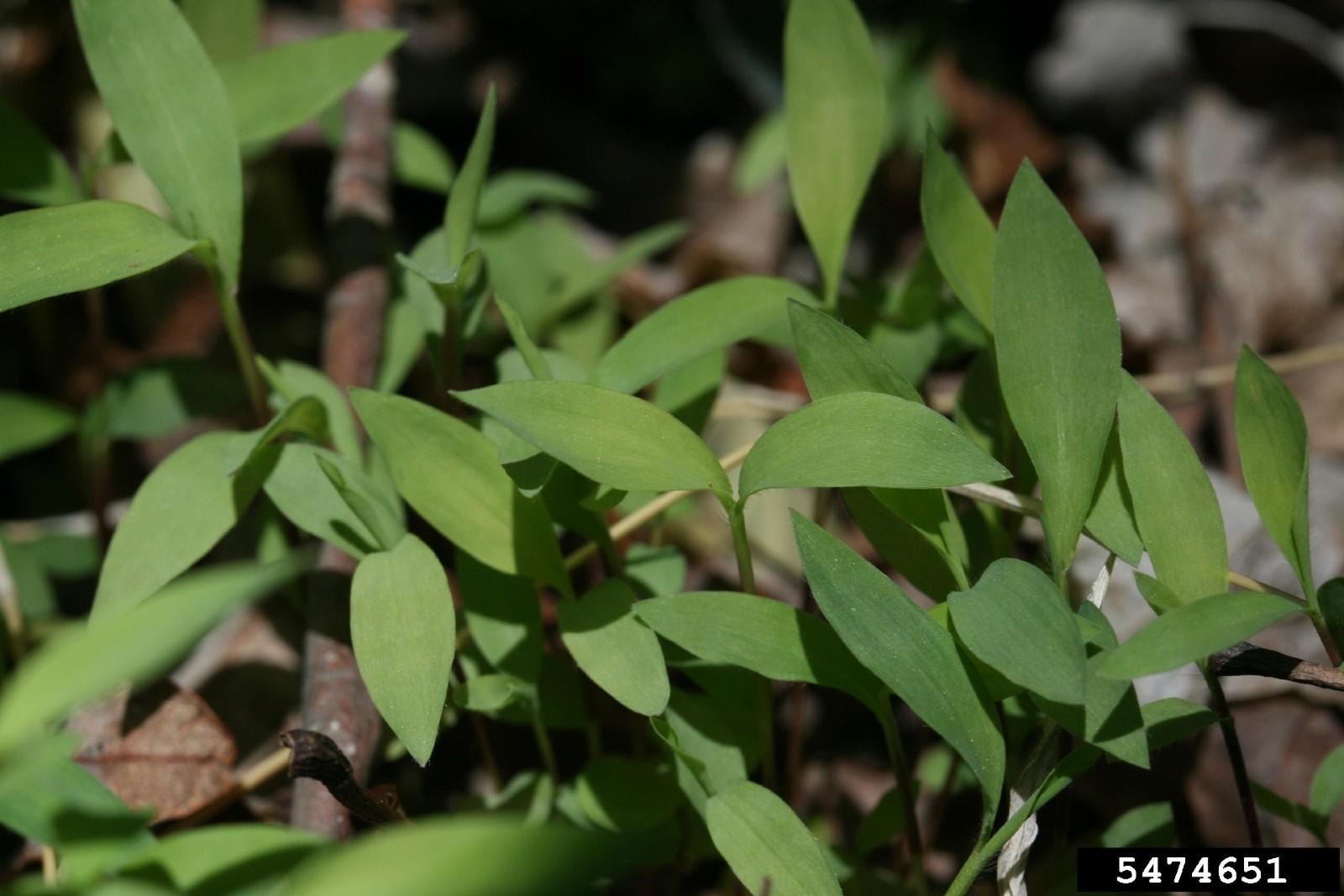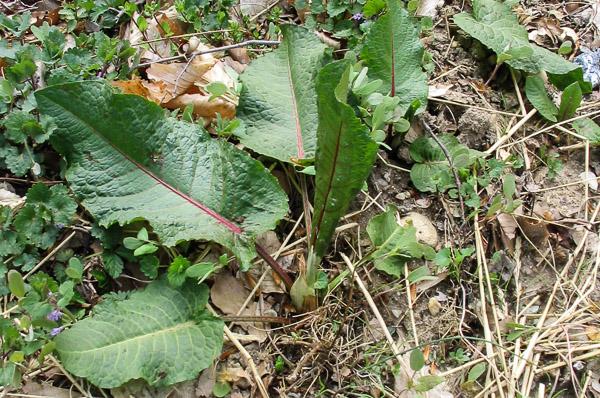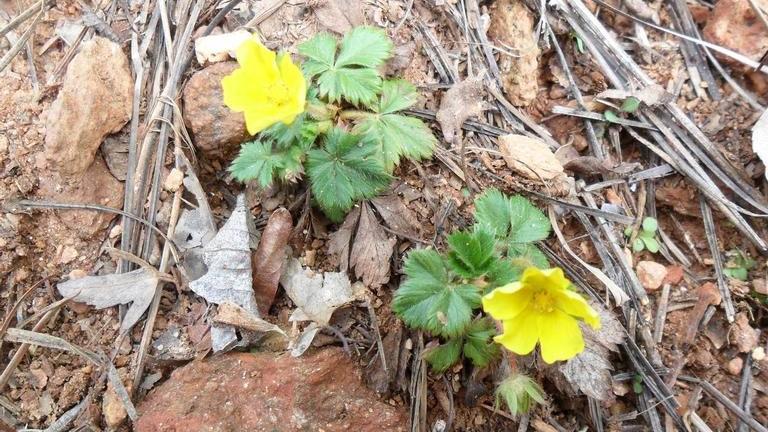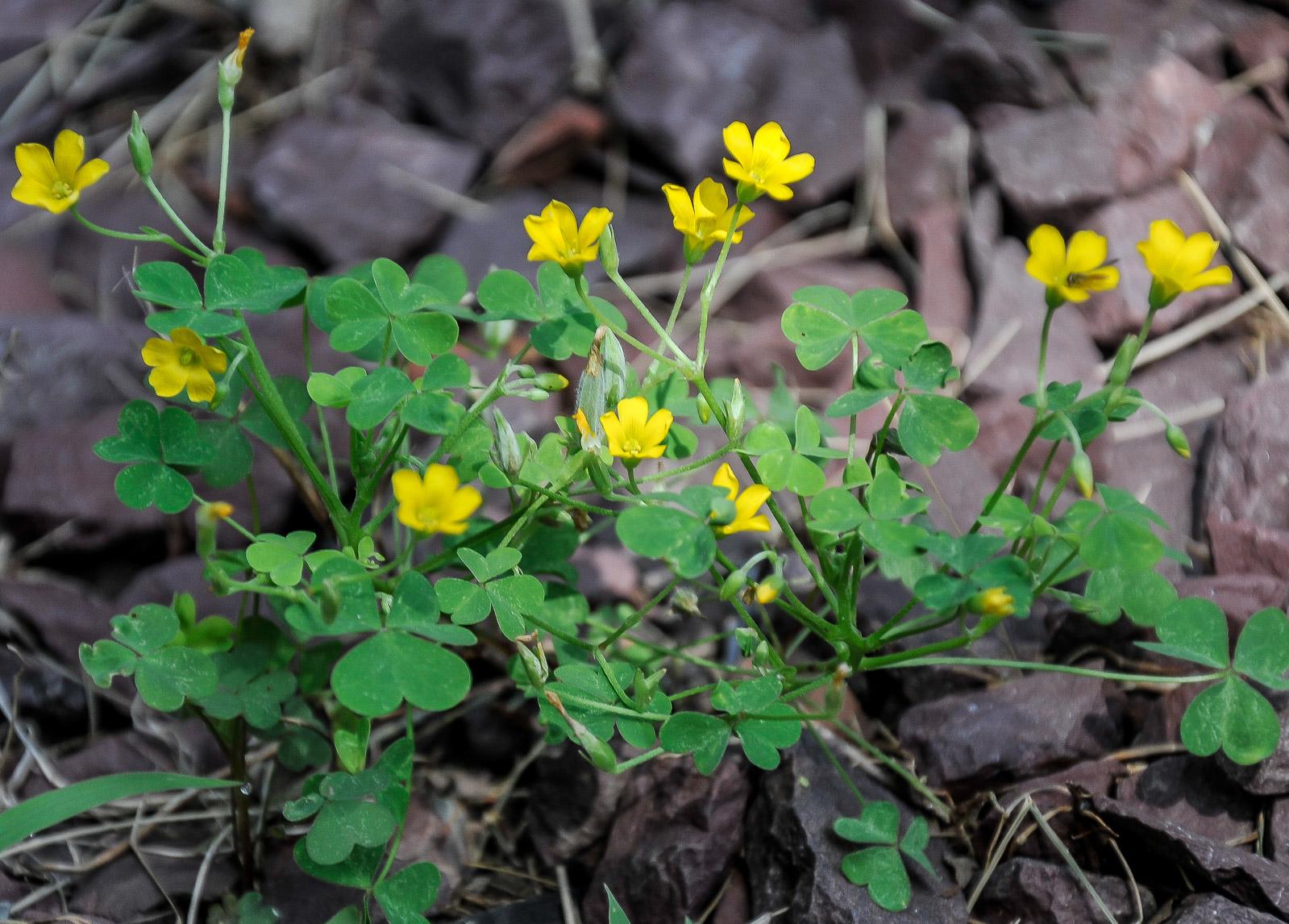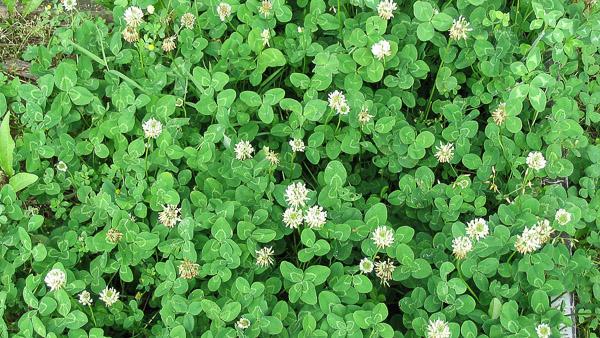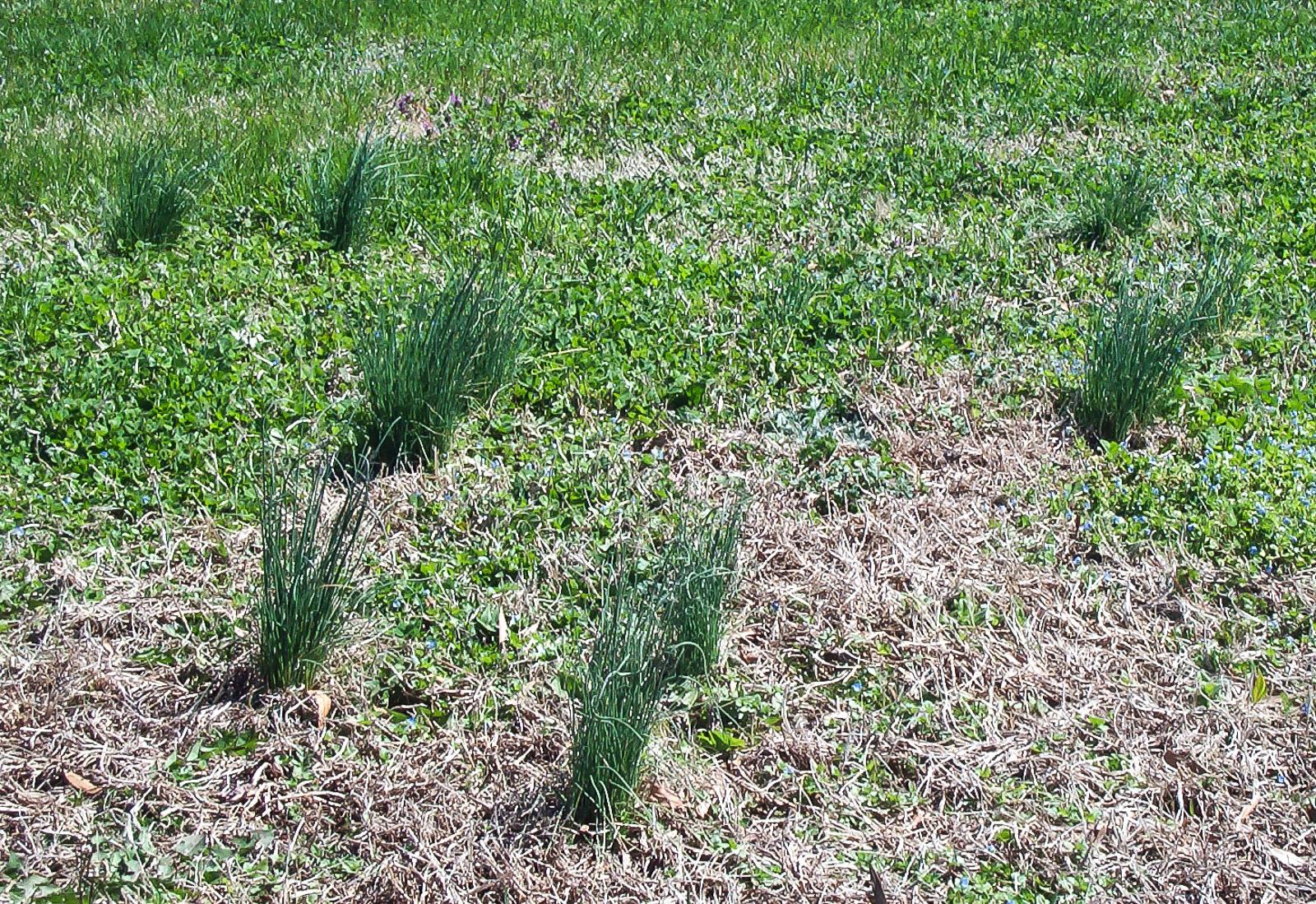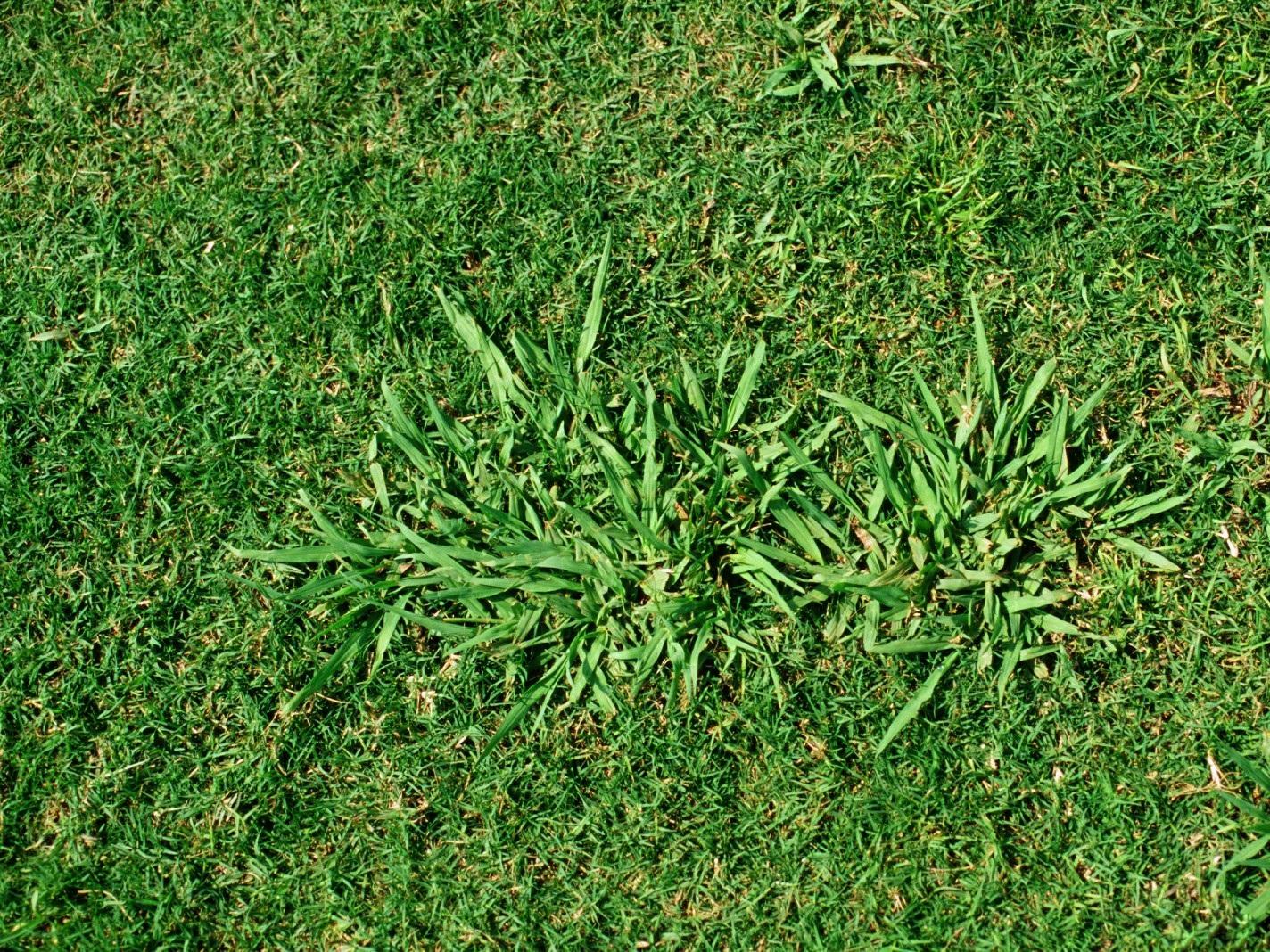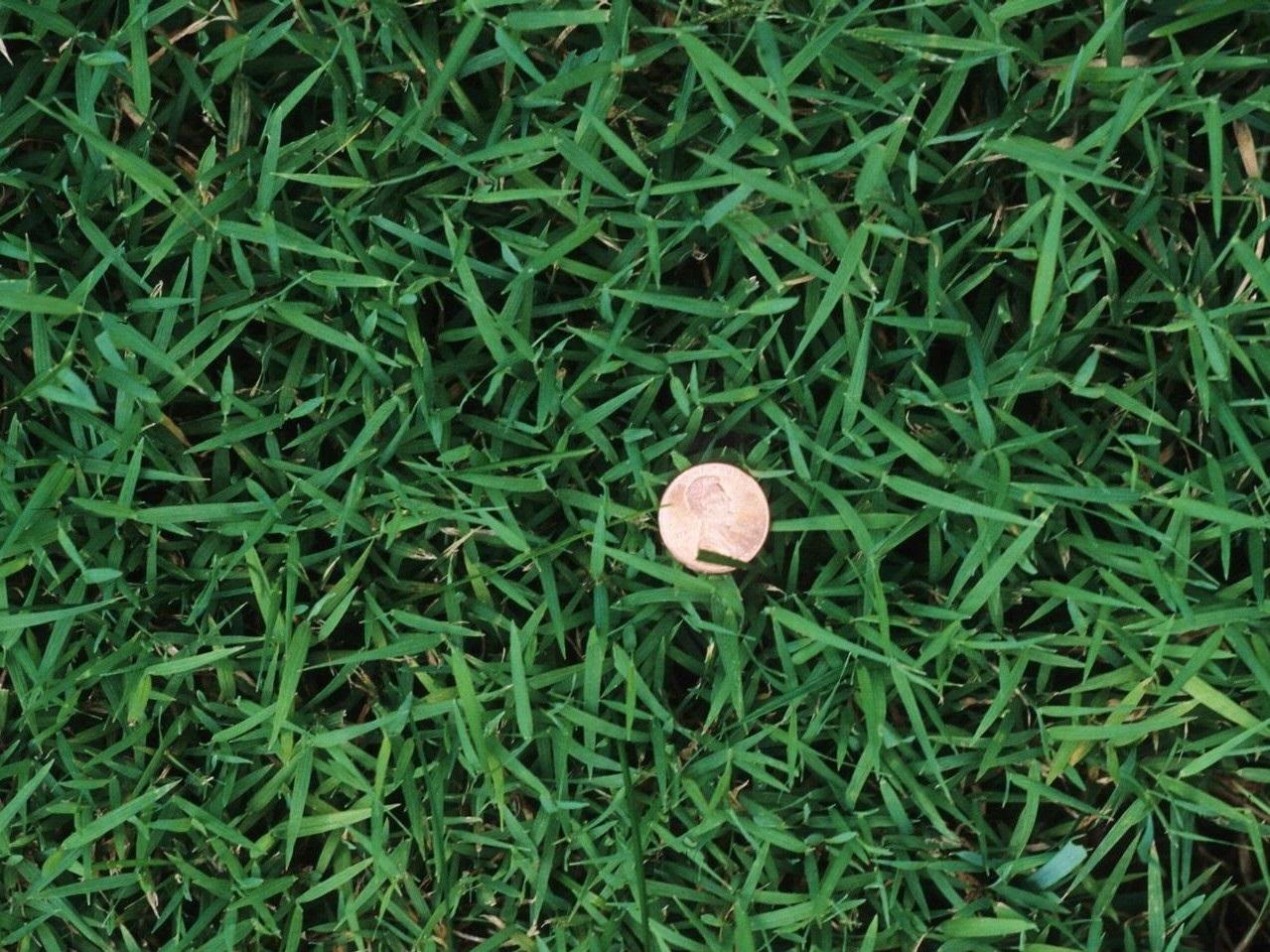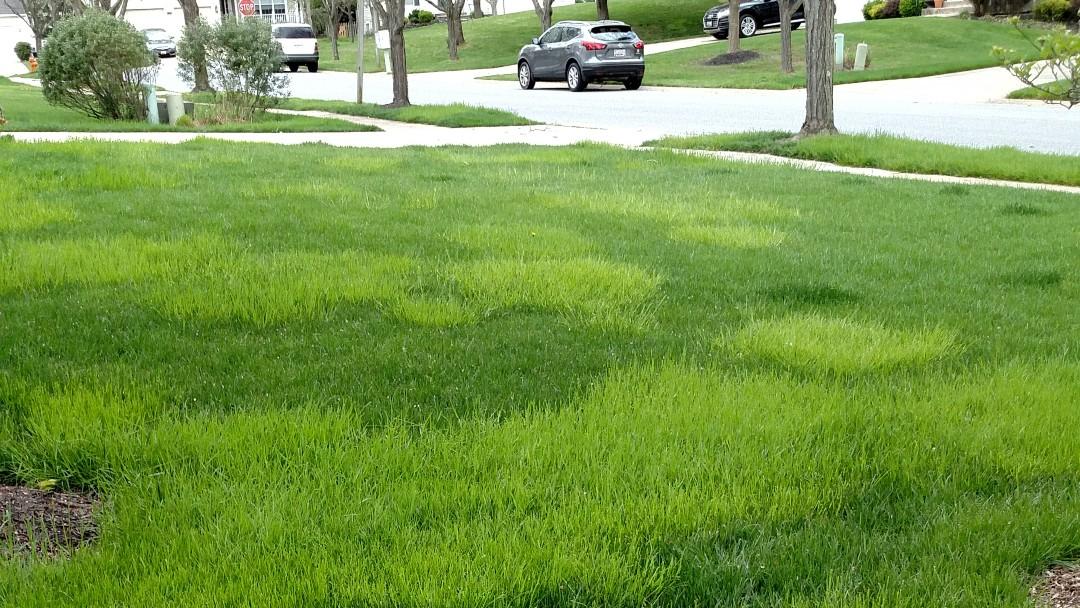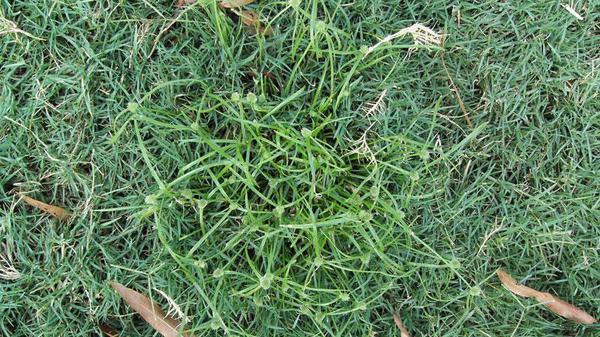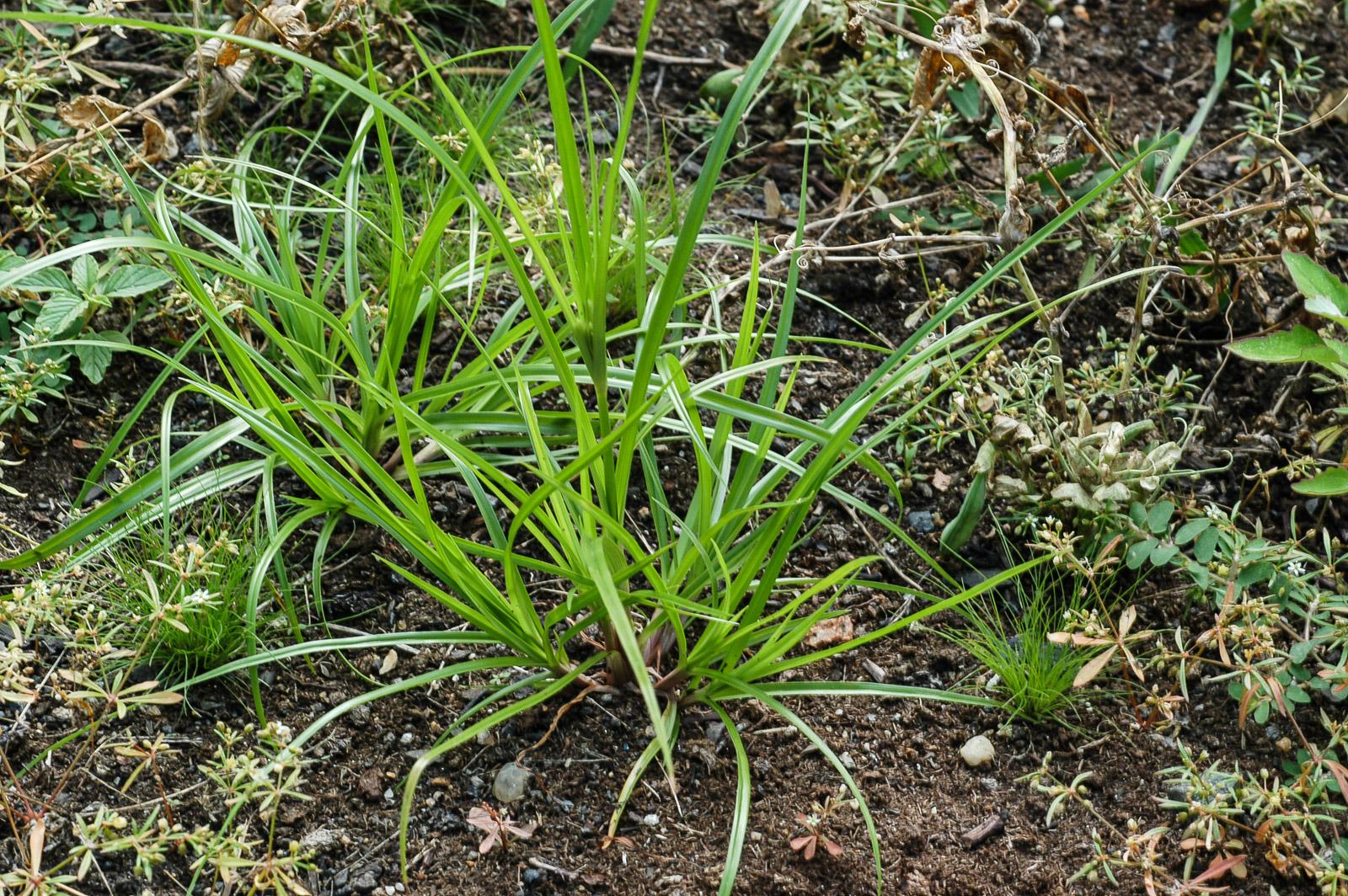Quick tips for managing common lawn weeds
- A healthy, dense, vigorous lawn is the best defense against common lawn weeds. Research shows that mowing fescue lawns to 3-4 inches and seeding bare spots will reduce crabgrass infestations. Practices that significantly reduce weeds in lawns include:
- soil testing to check and maintain proper soil fertility and pH
- proper mowing height and frequency
- fertilizing at the recommended times
- overseeding in the fall to thicken up the lawn (overseed not weed and feed!)
- Identify the weed. This is very important in determining what the next step should be.
- Weeds like nutsedge (soil too wet) and common lespedeza (dry, infertile soil) can indicate that growing conditions are poor for grass growth. Moss does not kill grass but moves into shady, moist areas where the grass has thinned out. If poor growing conditions (e.g., low sunlight, poor drainage, acidic and compacted soil) cannot be improved to favor turfgrass, weeds will continue to be a problem.
- Regular mowing can help reduce weeds that spread from seed. Mow dandelions when they are flowering to prevent them from going to seed.
- Weeds can be spotted treated with OMRI Listed® organic herbicides instead of conventional herbicides.
